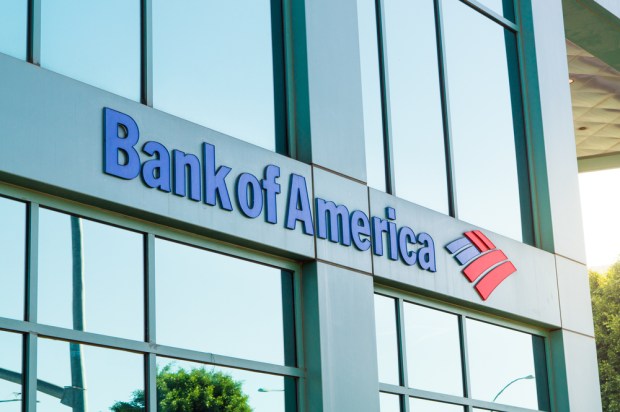Bank Of America Automates FX Conversion For Smaller FIs

Bank of America Merrill Lynch (BofA Merrill) is introducing a new solution for other financial institutions (FIs) in the interbank payment system to automate foreign exchange (FX) conversion.
The new solution, AutoFX, aims to make it easier for smaller banks to streamline cross-border payments for their customers by automating foreign exchange conversion before the transaction occurs, rather than relying on the receiving bank to conduct that transaction. In a press release issued Monday (Oct. 22), BofA Merrill said the solution also integrates data analytics and machine learning technologies to accelerate the process.
While wire remains a popular rail for global transactions, BofA Merill said, “Many smaller banks lack the infrastructure, the accounts and the mechanisms to handle the currency conversions themselves.” Banks that integrate AutoFX can have the currency conversion automatically occur before the payment is made, so the receiving FI does not have to manually conduct the conversion.
“As the economy continues to grow more global, the ability to provide services such as automated currency conversion will become more essential for local and regional banks,” said David Kretz, BofA Merrill head of global payments for its Global Transaction Services (GTS) unit.
The solution is supported across 89 countries and can make conversion in 41 currencies, the bank noted.
“As new technologies evolve and impact global commerce, cross-border payments must keep pace,” added Stephanie Wolf, BofA Merrill’s GTS head of Financial Services Companies and Governments, in another statement.
The interbank payment system has become the subject of innovative efforts as FinTech firms and banks explore how to enhance automation and transparency in the process. Last year, a G20 report raised concerns about a decline in interbank relationships, which is making it more difficult for corporates to move money across borders. G20 researchers found a 6 percent drop in the number of interbank relationships between 2011 and 2016, linked in part to banks’ efforts to cut ties with other institutions that may heighten their exposure to non-compliance risks.
